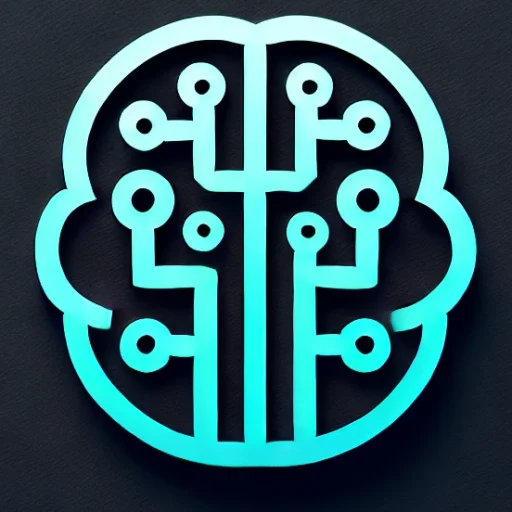
The Rise of Generative AI: Revolutionizing Industries and Unlocking New Possibilities
In the rapidly evolving realm of artificial intelligence, one technological advancement stands out for its potential to reshape entire industries and create new opportunities: Generative AI. With its ability to autonomously produce content, designs, and even new ideas, generative AI is capturing the attention of researchers, businesses, and innovators worldwide. This post delves into the rise of generative AI, its transformative applications, challenges it faces, and its future potential.
Key Insights & Latest Advancements
Generative AI refers to a class of artificial intelligence models that create new data instances that resemble existing data. These models can create text, images, music, and more, thanks primarily to advances in deep learning techniques, particularly Generative Adversarial Networks (GANs) and transformer-based models like GPT (Generative Pre-trained Transformer).
-
GANs: Introduced by Ian Goodfellow in 2014, GANs consist of two neural networks, the generator and the discriminator, that are trained simultaneously. The generator creates content, while the discriminator evaluates it, refining the process through feedback, leading to increasingly realistic outputs.
-
Transformers: Models like GPT-3 from OpenAI use vast datasets and sophisticated algorithms to generate human-like text, making them invaluable for applications in creative writing, customer service, and content creation.
Recent developments include OpenAI’s GPT-4, which pushes the boundaries of text generation, and advancements in diffusion models that are revolutionizing image creation capabilities, offering even greater diversity and coherence in digital artwork.
Real-World Applications
Generative AI’s capabilities extend across numerous industries, providing innovative solutions to complex challenges:
-
Entertainment and Media: Generative AI is used to create virtual characters, scriptwriting, music composition, and even produce artwork, enhancing creativity and production efficiency.
-
Healthcare: AI models are generating synthetic medical data to augment research while protecting patient privacy, as well as designing new drugs and personalized treatment plans.
-
Manufacturing and Design: In product design, generative AI helps in creating optimized structures and components, leading to lighter, more cost-effective solutions in automotive and aerospace sectors.
-
Finance: Generative models simulate various market conditions to stress-test financial models and assist in predictive analytics for investment strategies.
Challenges & Future Outlook
While the promise of generative AI is substantial, it comes with significant challenges:
-
Ethical Concerns: The potential for misuse in generating deepfakes or spreading misinformation is a primary concern. Ensuring ethical use and developing regulatory frameworks is crucial.
-
Quality Control: Despite advancements, the quality and reliability of generated content can vary, requiring ongoing refinement and human oversight.
-
Computational Cost: Generative models, particularly large transformers, require substantial computational resources, posing barriers to entry for smaller entities and contributing to environmental concerns over energy consumption.
Looking ahead, collaboration between researchers, policymakers, and industry leaders will be vital in addressing these challenges. As technology evolves, focusing on responsible and ethical implementations will be key to maximizing generative AI’s benefits.
Conclusion with Key Takeaways
Generative AI is a transformative force reshaping the digital landscape. Its ability to innovate and create autonomously offers immense potential across various sectors, from entertainment to healthcare. However, with great power comes the responsibility to ensure ethical use and accessibility. By navigating these challenges with care and foresight, we can unlock the full potential of generative AI, driving progress and innovation for years to come.
As we continue to explore the capabilities of generative AI, one thing is clear: we are only beginning to scratch the surface of what’s possible. With ongoing research, development, and collaboration, the future holds even more groundbreaking possibilities.

